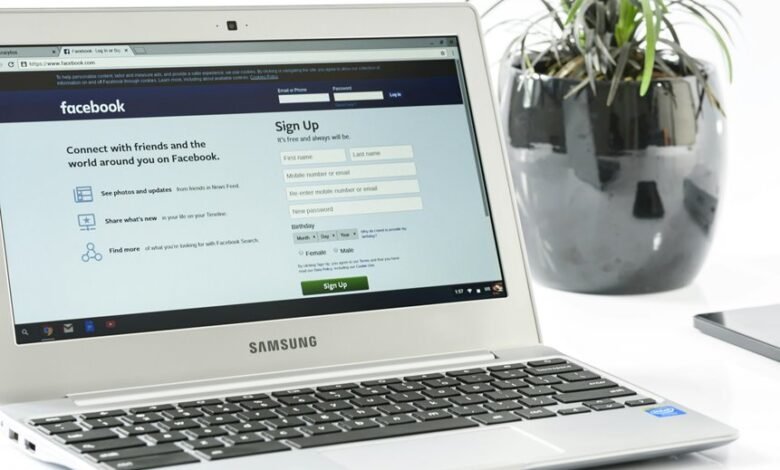Mysk2 Dyndns – Setup & Login Information

Mysk2 Dyndns provides a streamlined solution for managing dynamic IP addresses. Users can enhance remote access through proper setup and configuration. This entails entering the dynamic IP address and DNS settings, along with login credentials. Understanding the process ensures effective management of the service. However, common issues may arise during setup. Addressing these challenges is essential for optimal functionality and security. What steps should be taken to resolve these potential pitfalls?
Understanding Dynamic DNS and Its Benefits
Dynamic DNS (DDNS) serves as a vital solution for users who require consistent access to devices with frequently changing IP addresses.
The dynamic DNS benefits include enhanced remote access, simplified networking, and improved server management.
DDNS applications range from home surveillance systems to online gaming, enabling seamless connectivity and flexibility for users who prioritize control over their digital environments.
Step-by-Step Setup Process for Mysk2 Dyndns
To configure Mysk2 Dyndns effectively, users should follow a systematic setup process that ensures reliable connectivity to their devices.
First, access the device’s settings to input the dynamic IP address.
Next, configure the DNS settings by entering the Dyndns hostname and credentials.
Finally, save the changes and ensure the DNS configuration updates automatically, providing seamless connectivity and access to remote devices.
Essential Login Information for Mysk2 Dyndns
After completing the setup process for Mysk2 Dyndns, users must be aware of the necessary login information required to access their accounts.
Essential login credentials include a unique username and a secure password, crucial for effective account management.
Users are encouraged to maintain confidentiality of these credentials to ensure uninterrupted access and safeguard their dynamic DNS services from unauthorized use.
Troubleshooting Common Issues With Mysk2 Dyndns
Numerous users may encounter issues while using Mysk2 Dyndns, which can hinder their dynamic DNS service experience.
Common problems often stem from incorrect DNS configuration or network connectivity issues. Users should verify their DNS settings and ensure stable internet connections.
Additionally, checking router configurations and firewall settings can resolve many connectivity hurdles, ultimately restoring seamless functionality to the Mysk2 Dyndns service.
Conclusion
In conclusion, setting up Mysk2 Dyndns is essential for ensuring reliable remote access to devices. By following the outlined steps and maintaining secure login information, users can effectively manage their dynamic IP addresses. As technology evolves, akin to the transition from telegraphs to smartphones, the importance of robust DNS configurations and security measures becomes increasingly paramount. Regular updates and vigilance against unauthorized access will safeguard users’ connections in an ever-connected world.




